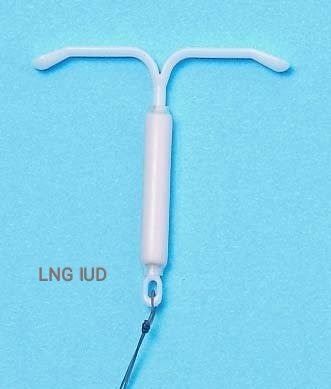Use Of LNG-IUD!
Lng IUD (medicated IUD)
The levonorgestrel (LNG) intrauterine device (IUD) releases small amounts of levonorgestrel, a form of progesterone, into the uterus each day.
It is used for birth control, heavy menstrual periods, and to prevent excessive building up of the lining of the uterus in those on estrogen replacement therapy.
It is on the world health organization list of essential medicines, the most effective and safe medicines needed in a health system.
Effective contraception
It is one of the most effective forms of birth control with a one-year failure rate of around 0.2%. The device is placed in the uterus and lasts three to five years. Following removal, fertility returns quickly.
The IUD with progestogen is a type of long-acting reversible birth control. It works by making the mucus at the opening to the cervix thick, stopping the buildup of the lining of the uterus, and occasionally preventing ovulation.
Other beneficial uses
In addition to birth control, hormonal IUD is used for prevention and treatment of:
- Heavy menstrual periods
- Endometriosis and chronic pelvic pain
- Adenomyosis and dysmenorrhoea
- Anemia
- In some cases, use of a hormonal IUD may prevent a need for a hysterectomy
Most women have a significant decrease in uterine blood loss with the LNG IUD. Some studies report up to a 95% reduction in blood loss. Increased spotting during the first couple of months is common, followed by less bleeding thereafter.
Advantages
- Can be used while breastfeeding
- No preparations needed before sex
- 90% of users who wish to become pregnant do so within 24 months of removal
- Effective for up to three to five years (depending on the IUD)
- Considered one of the most effective forms of reversible birth control
Disadvantages
- Irregular periods and spotting between periods often occurs after insertion
- Mild to moderate discomfort experienced during the insertion procedure, including cramping or backache.




+1.svg)
